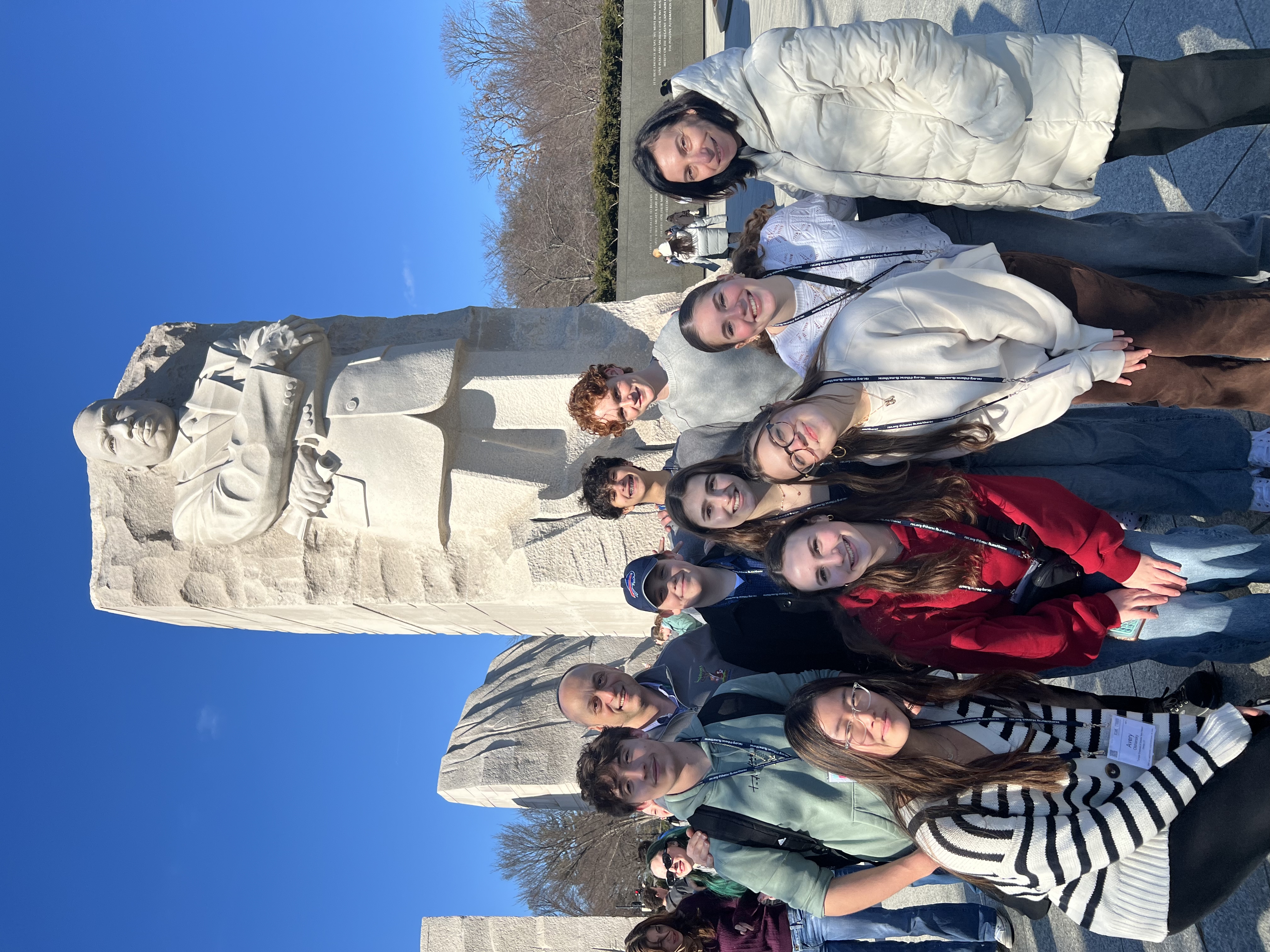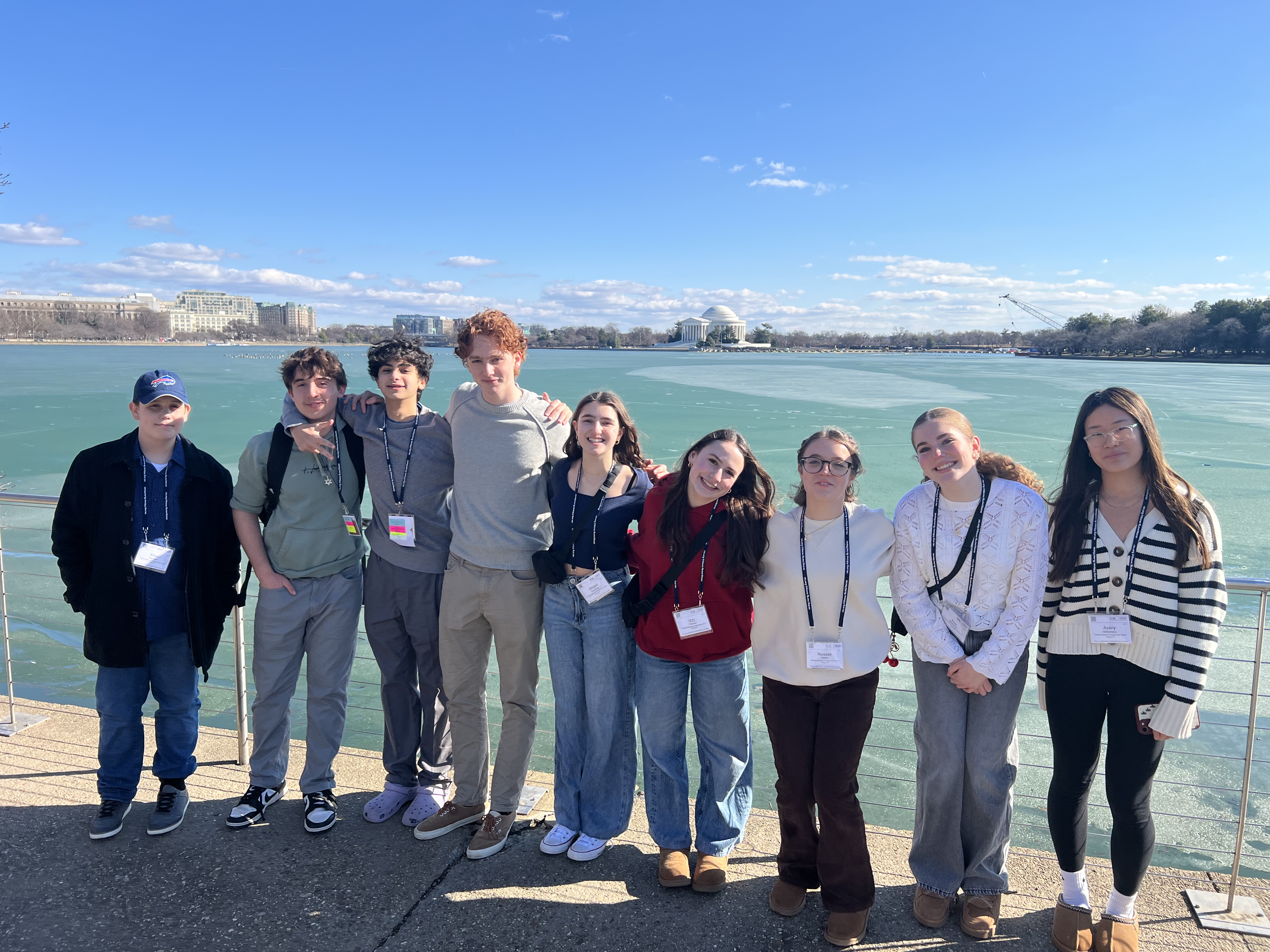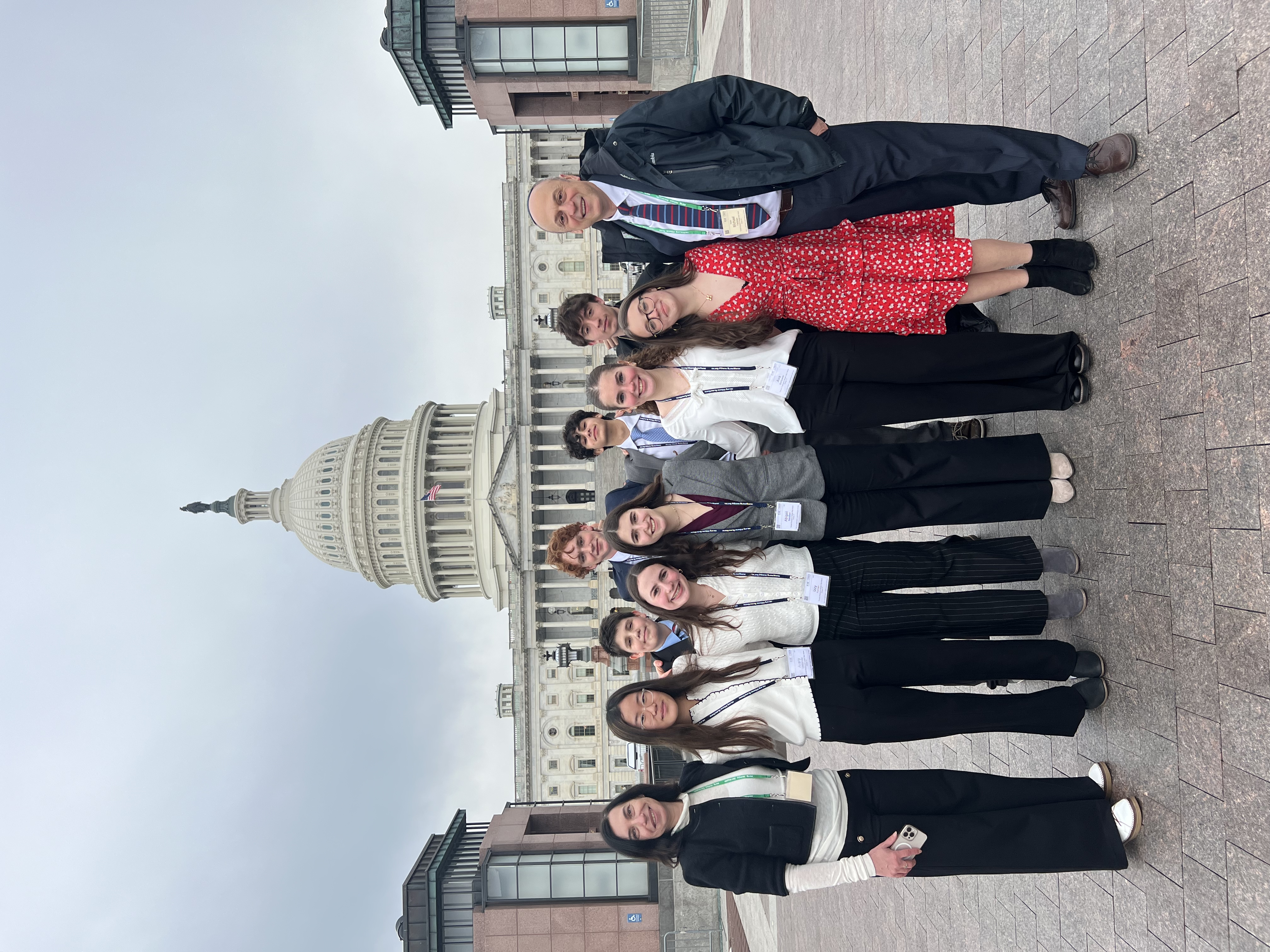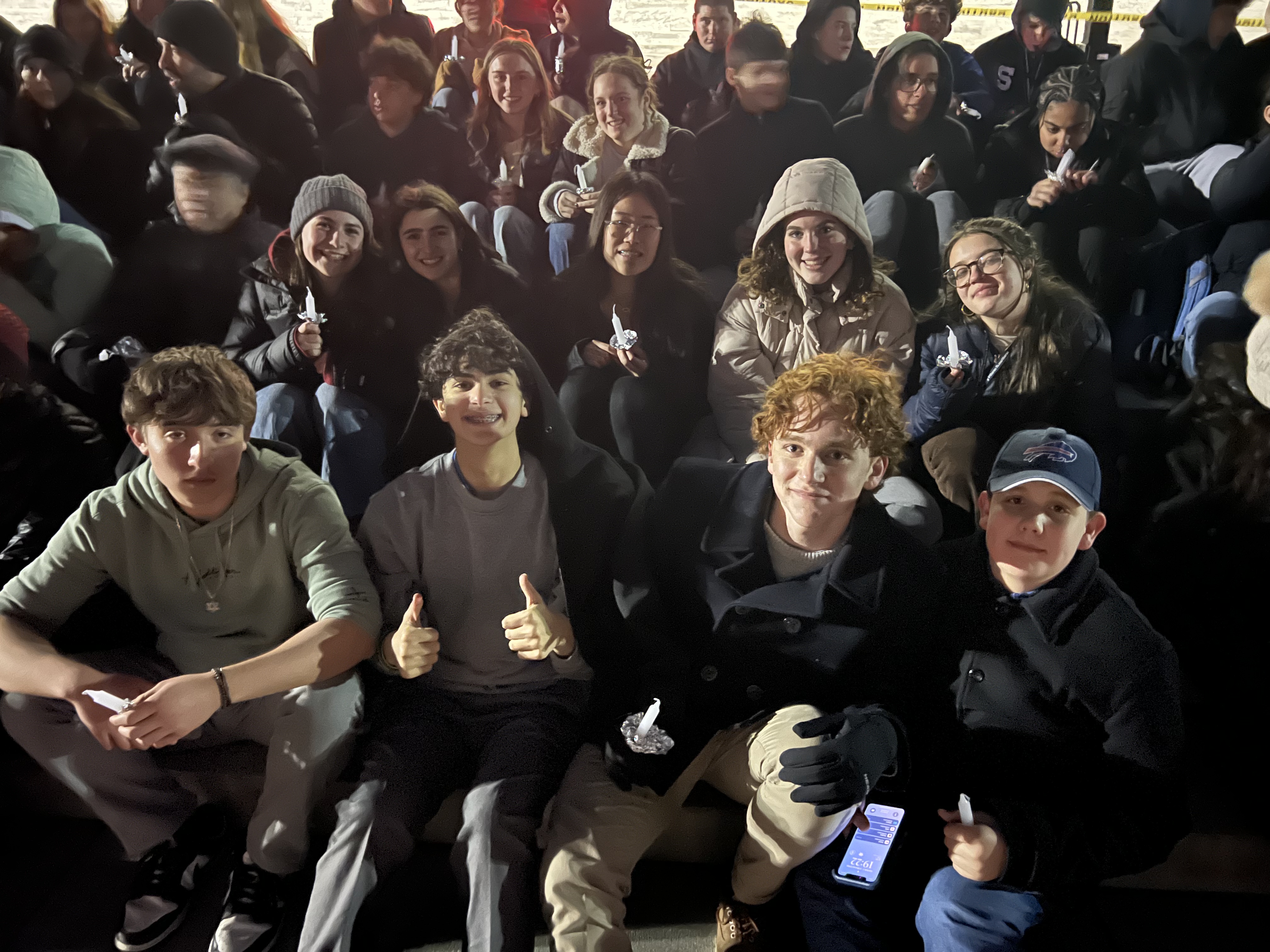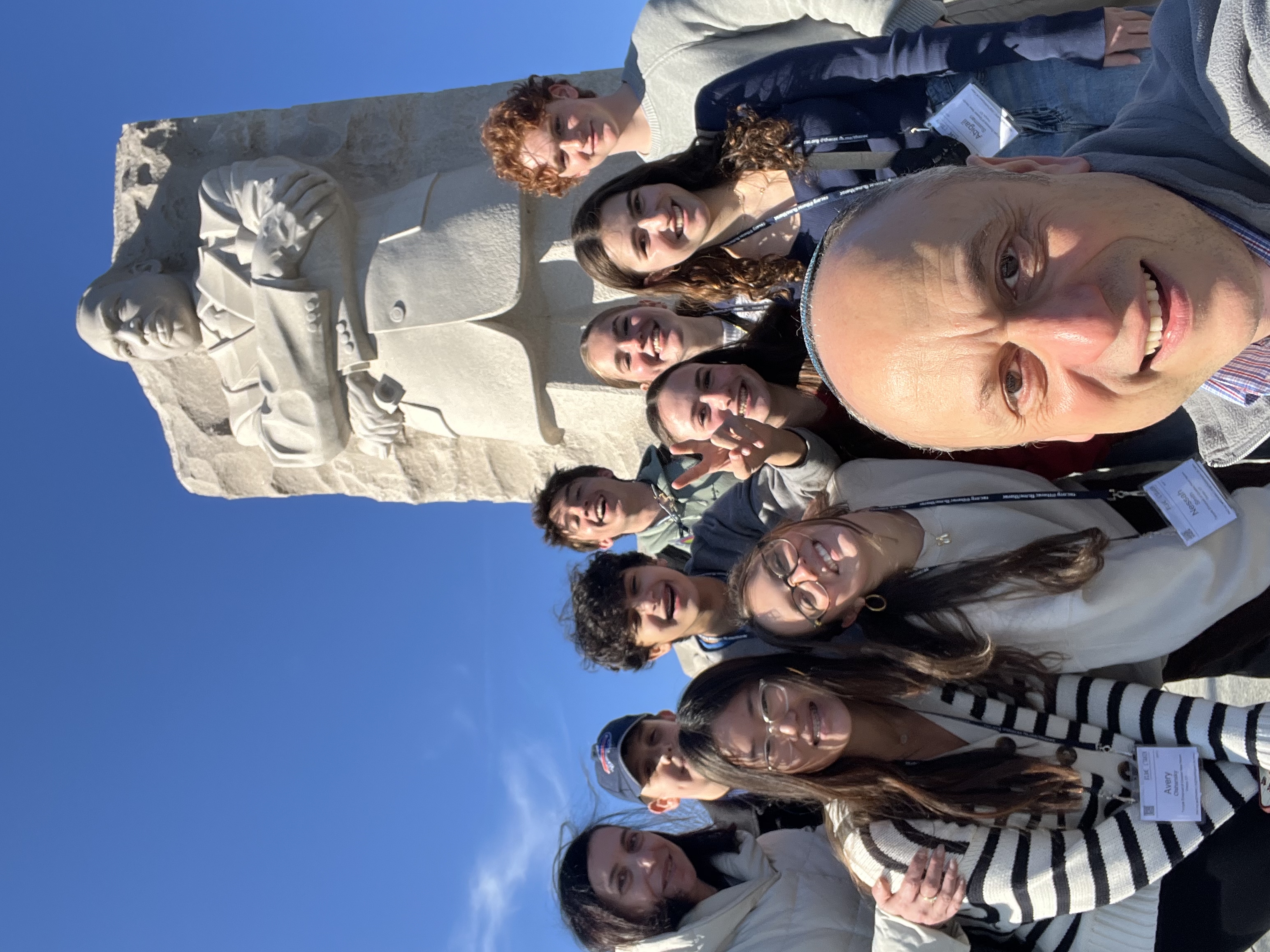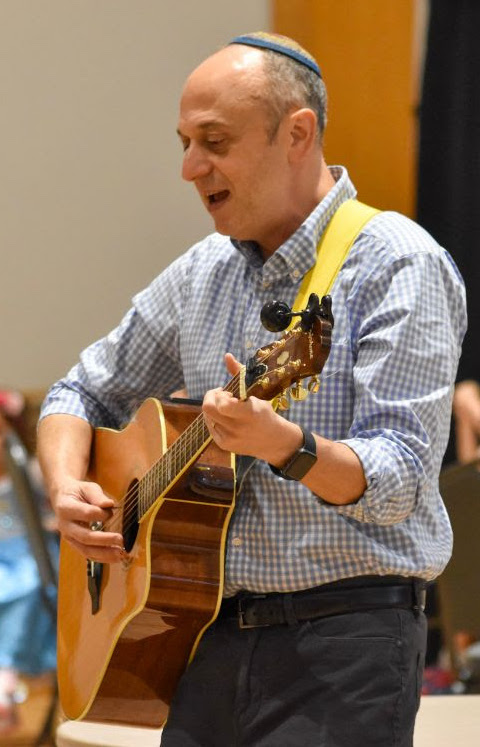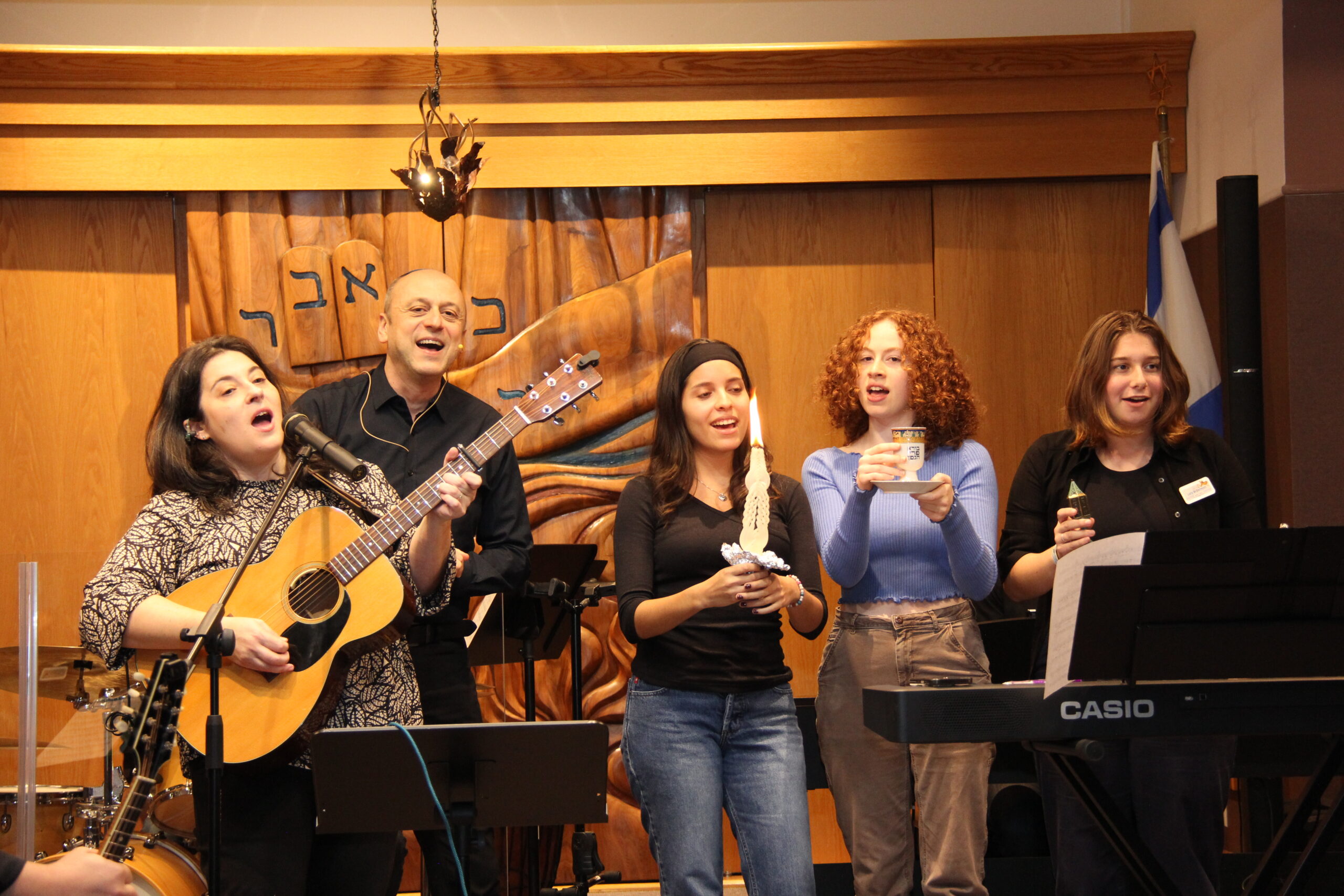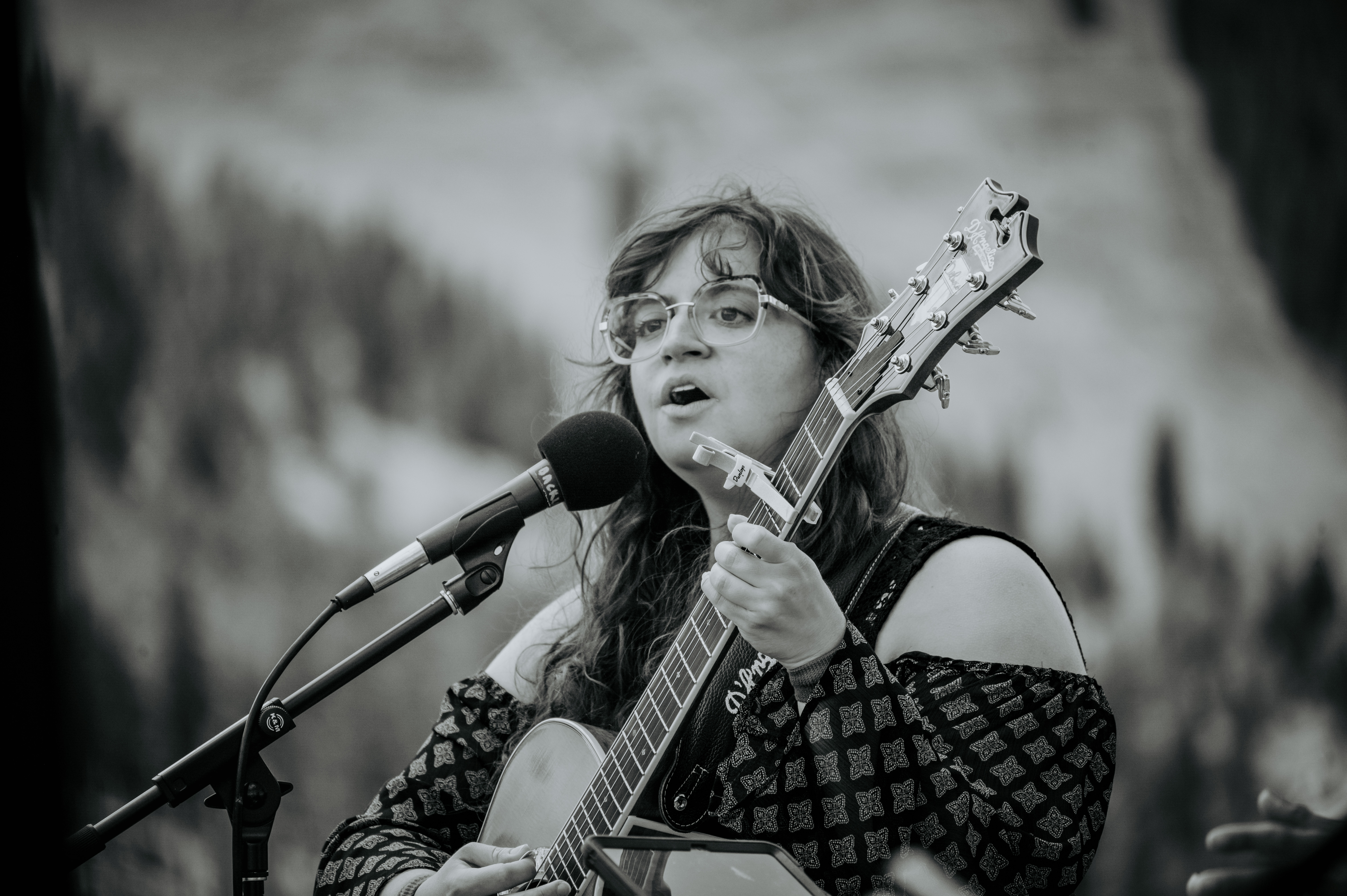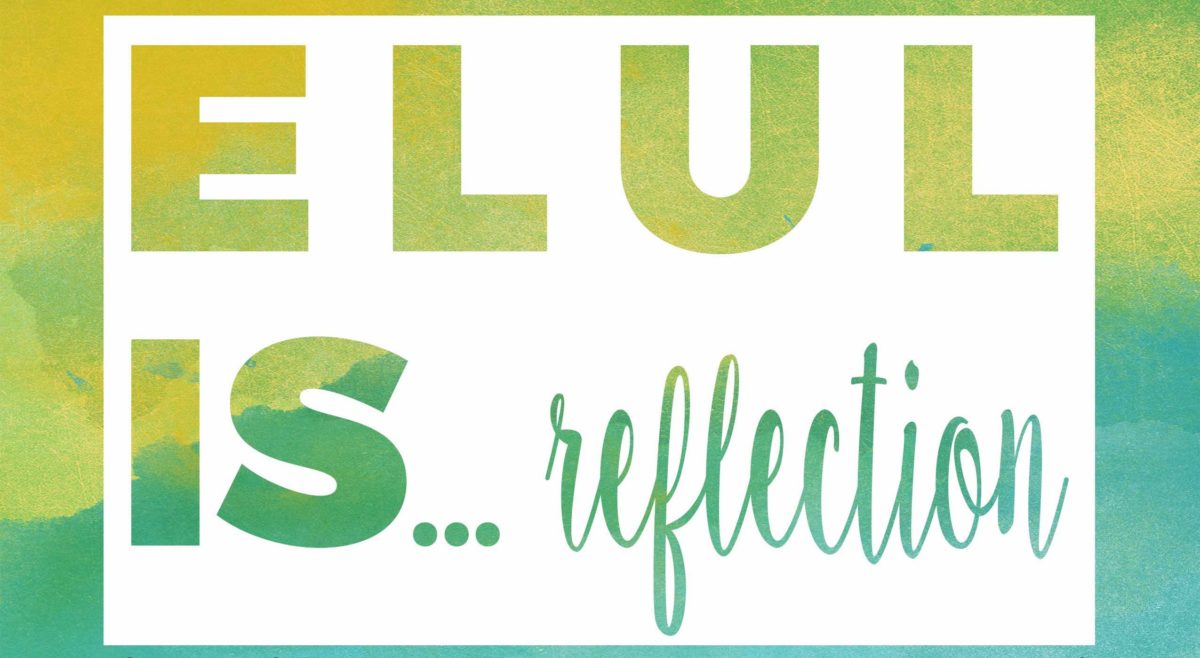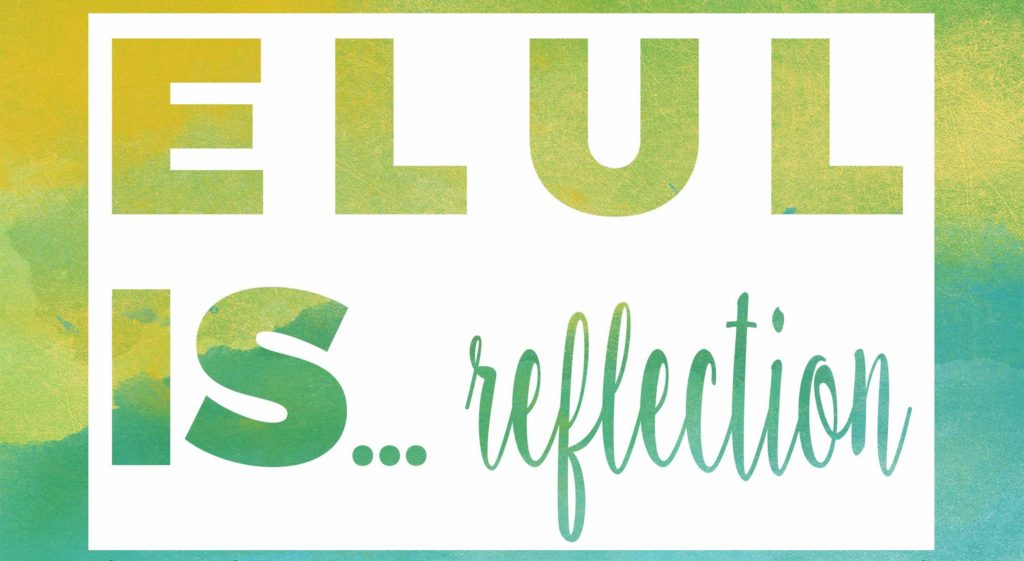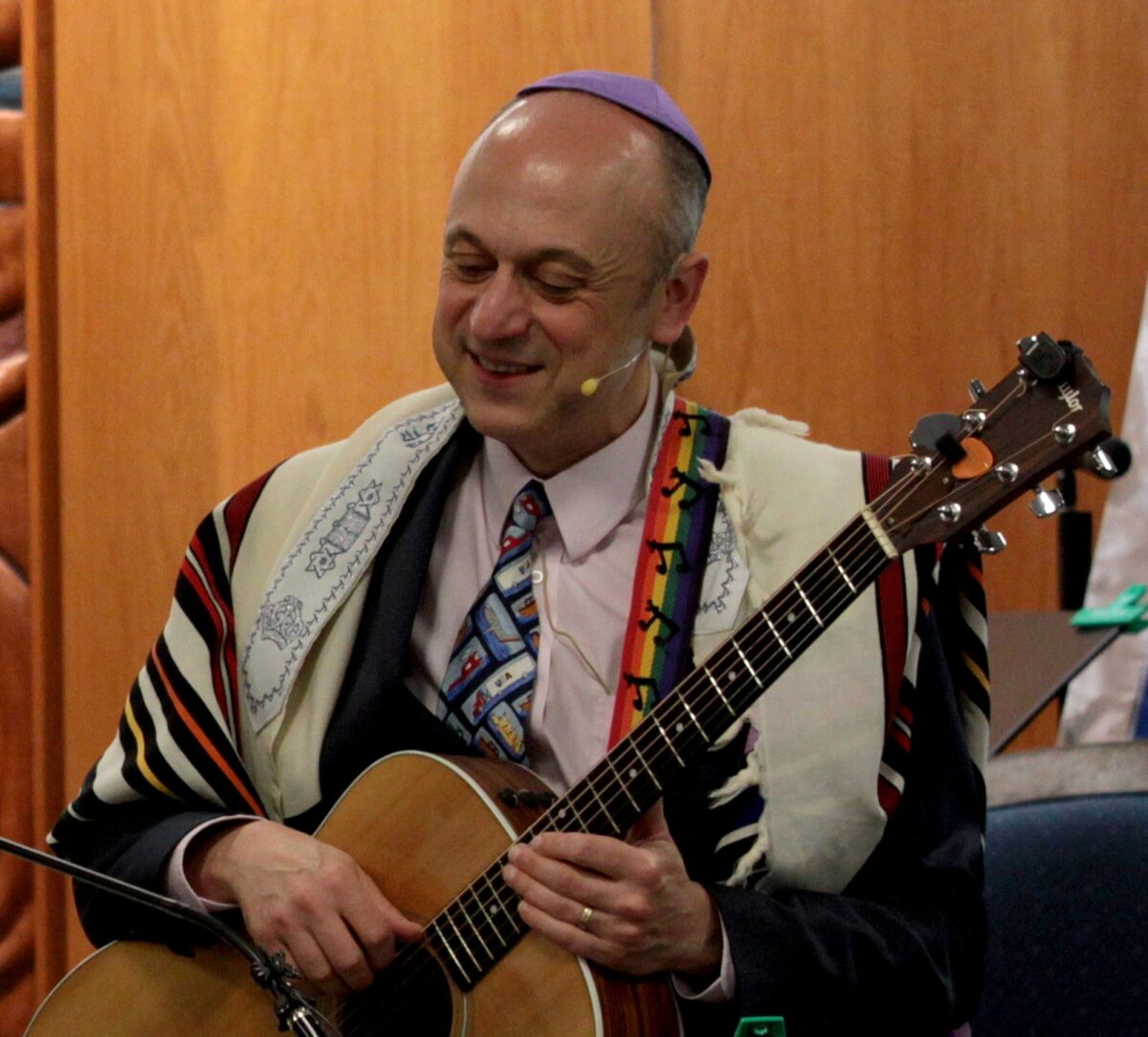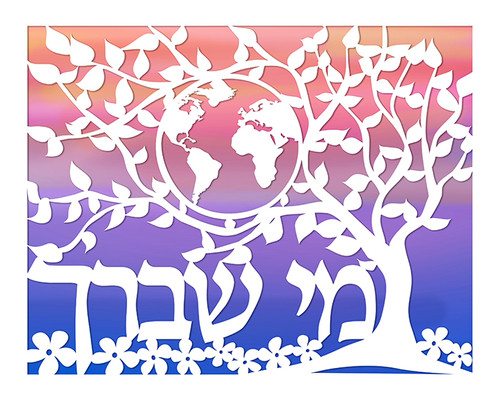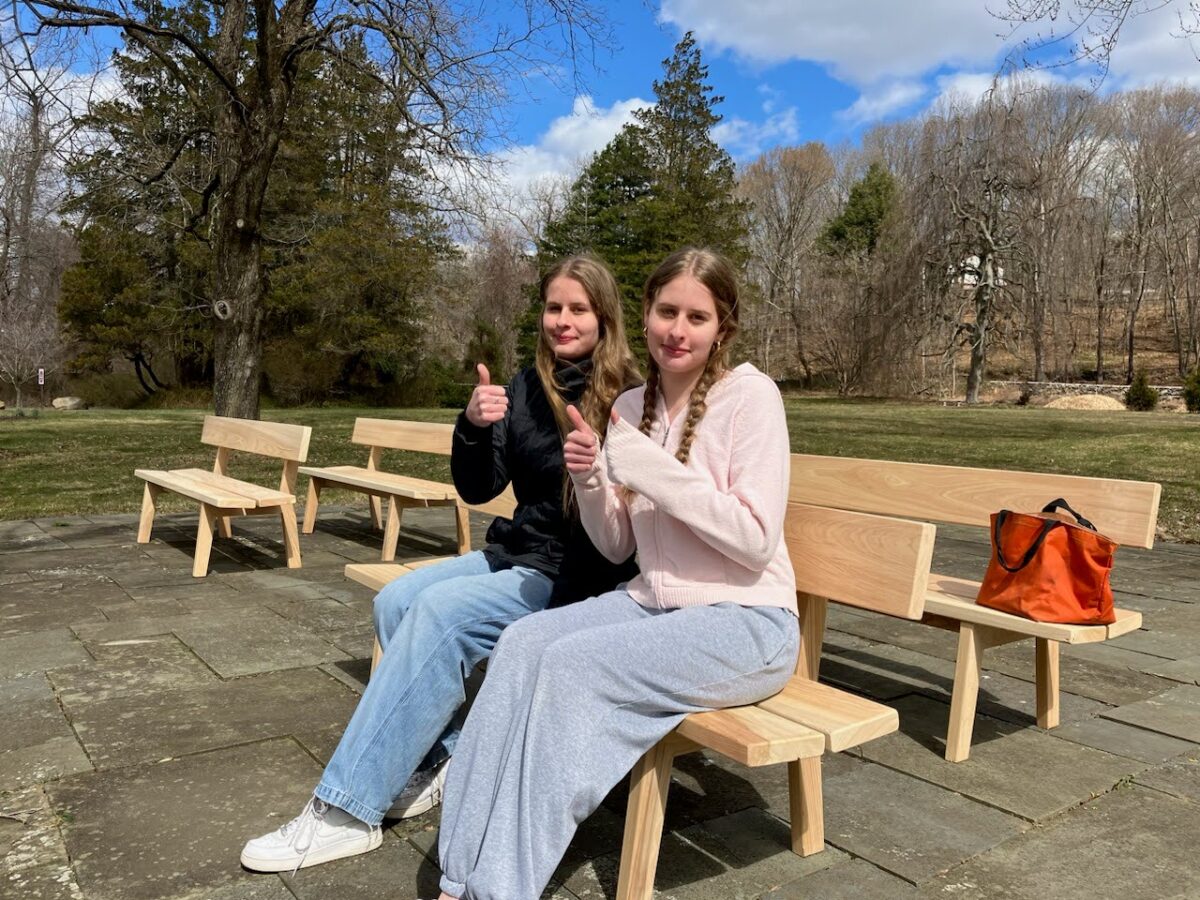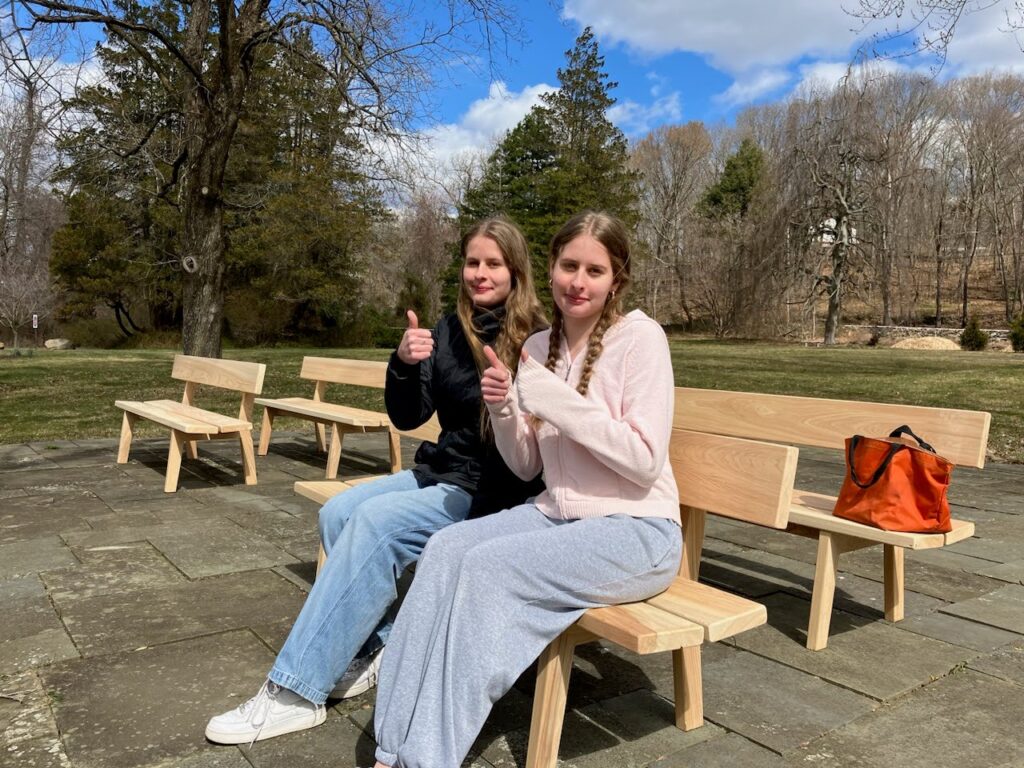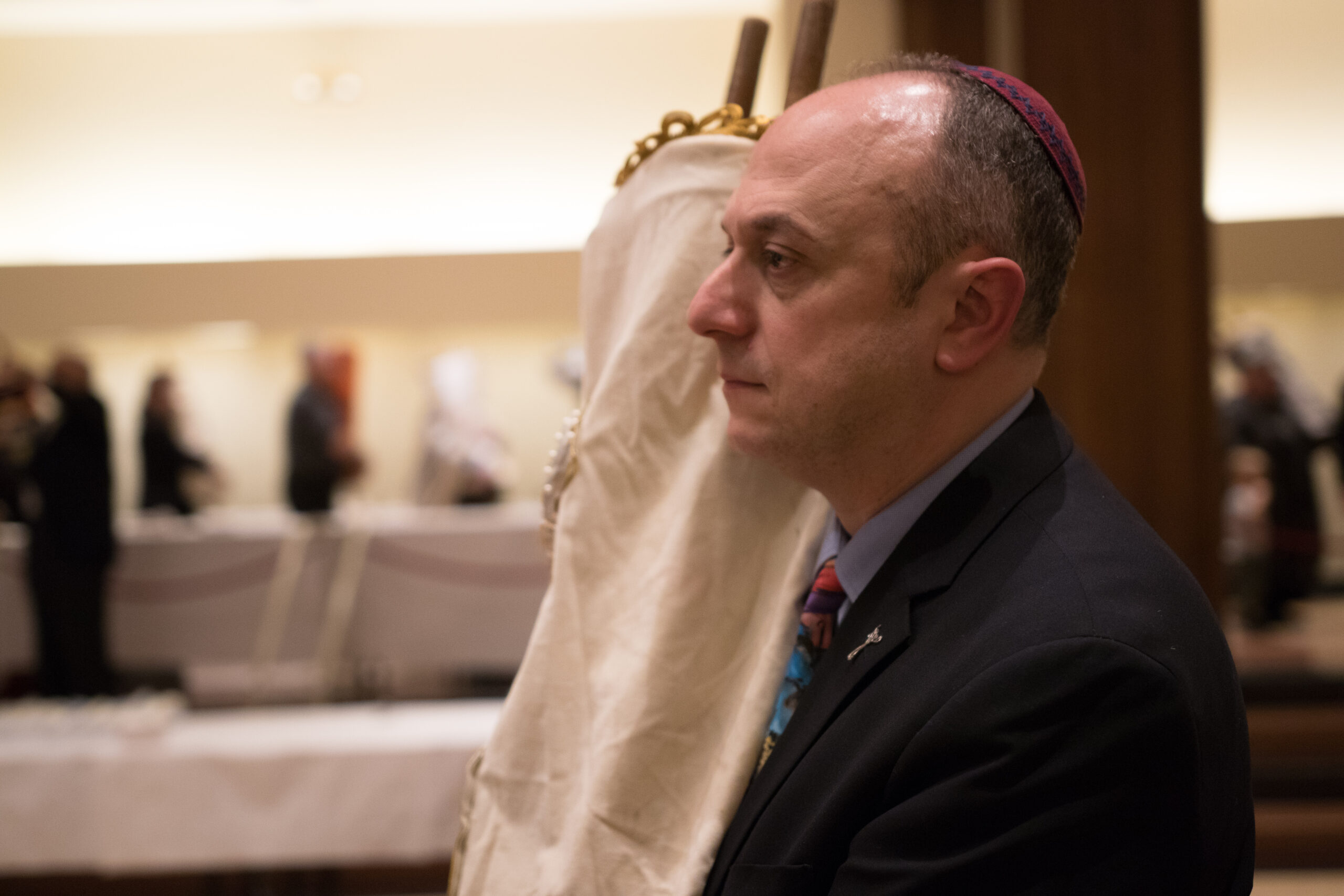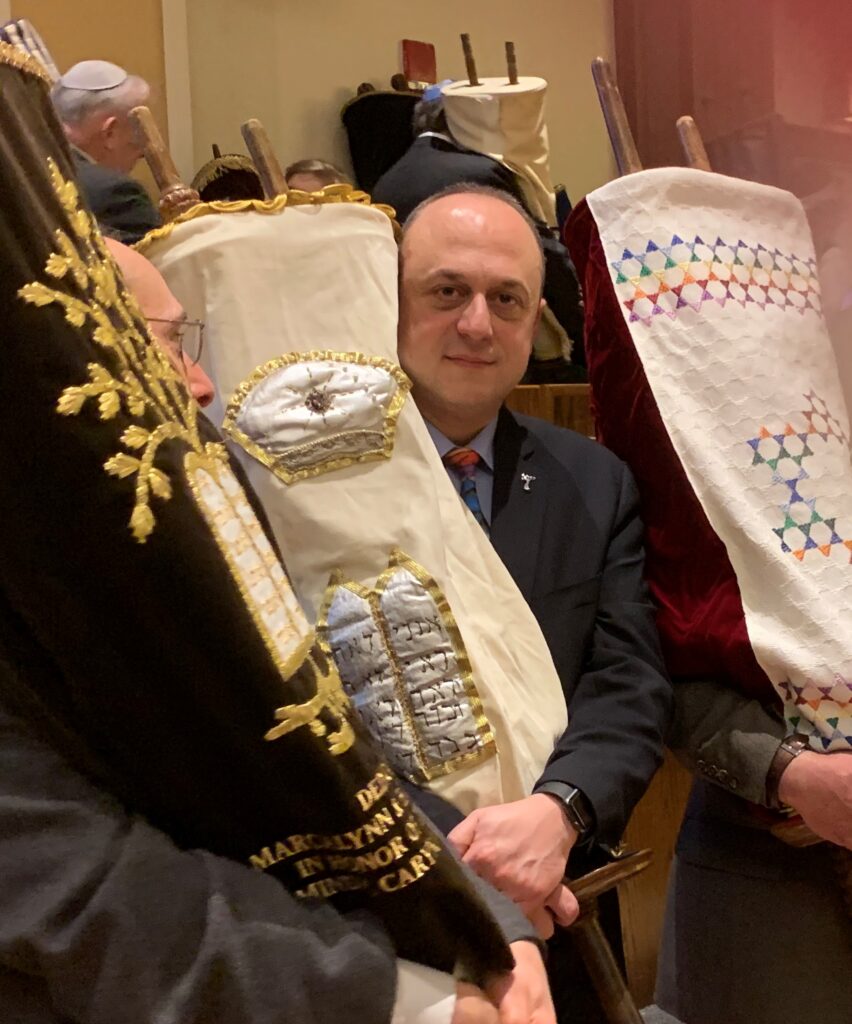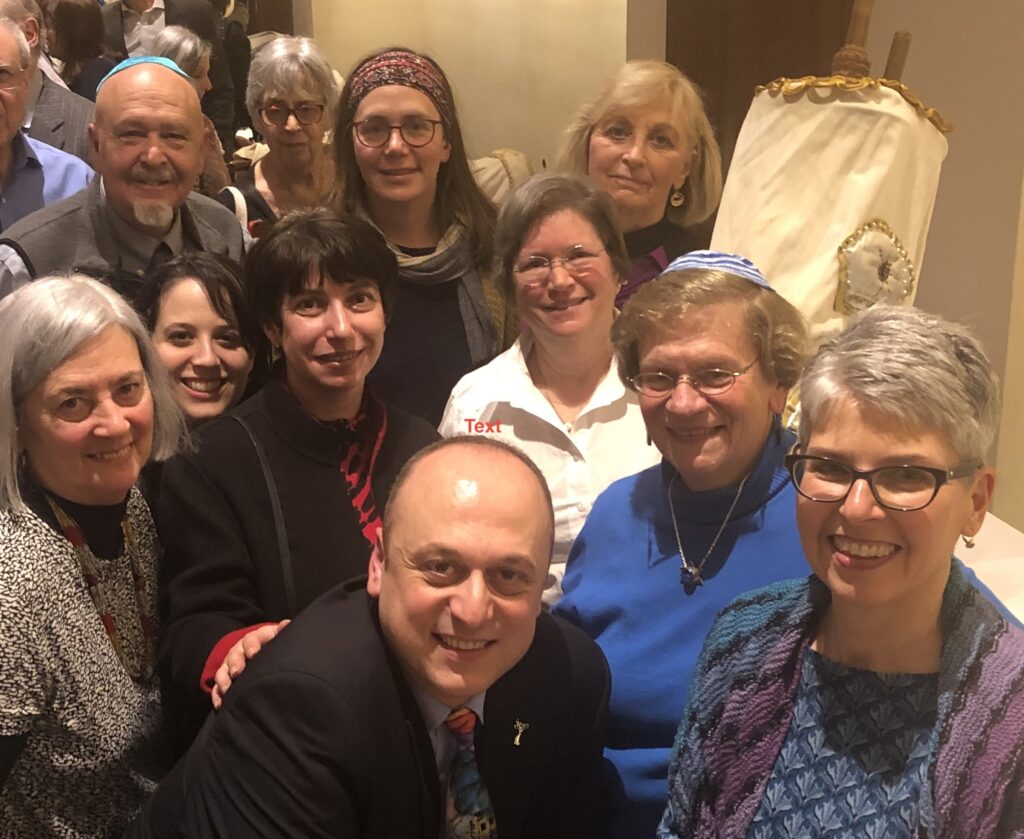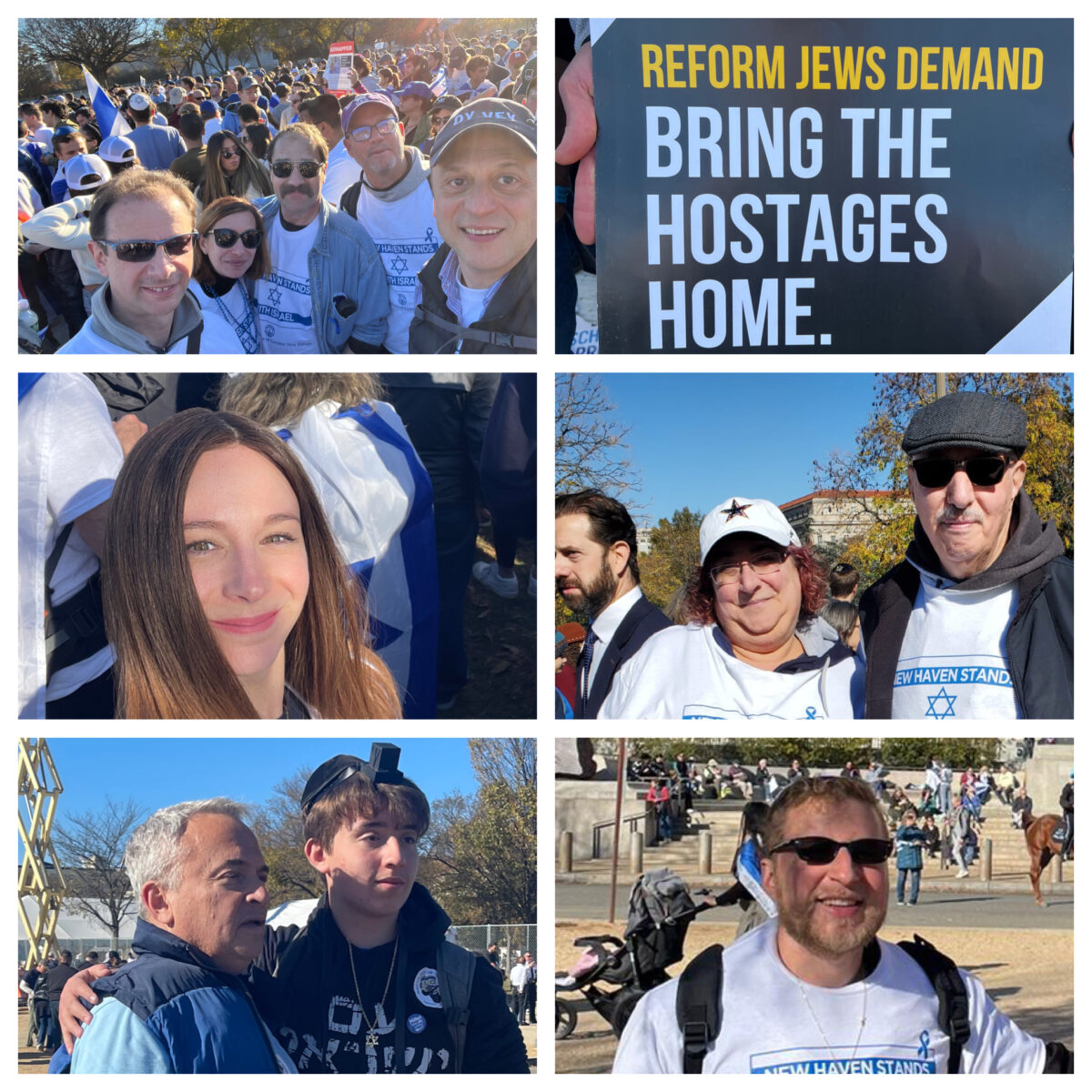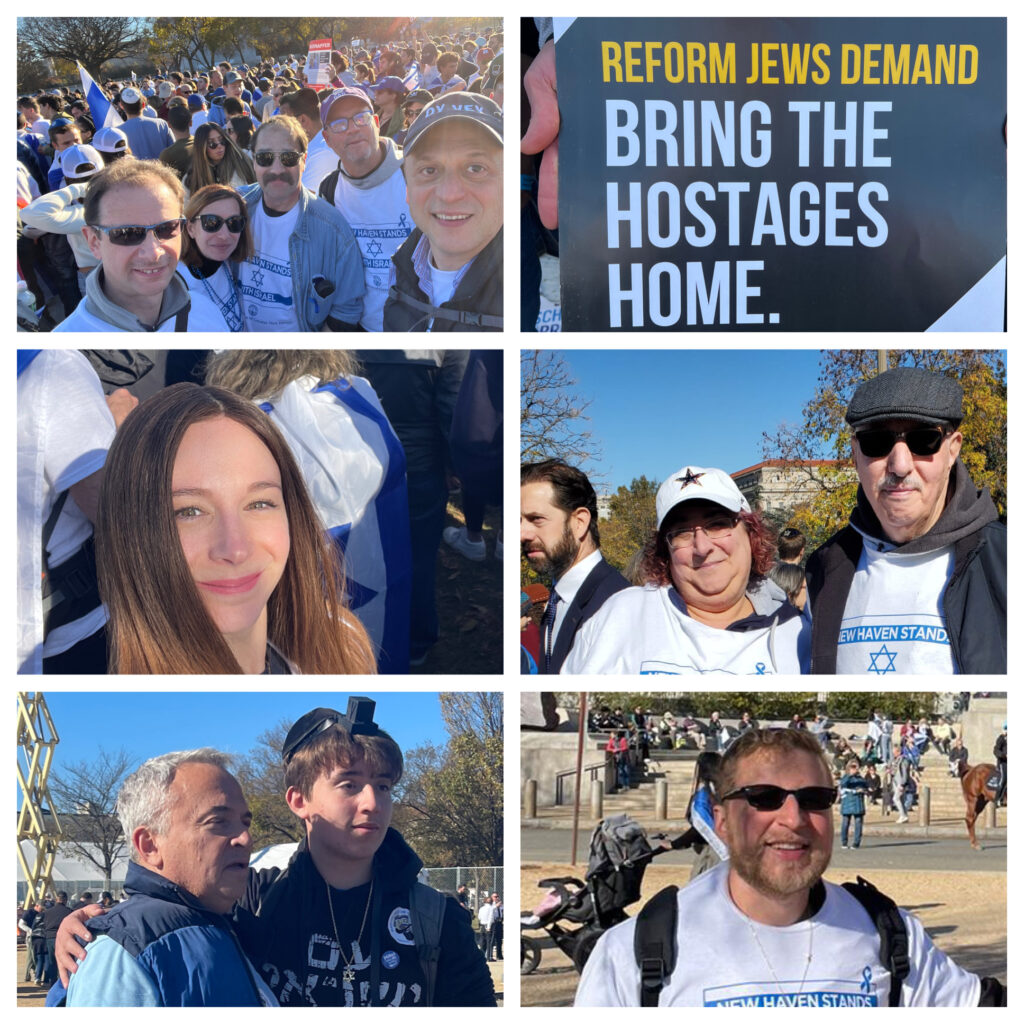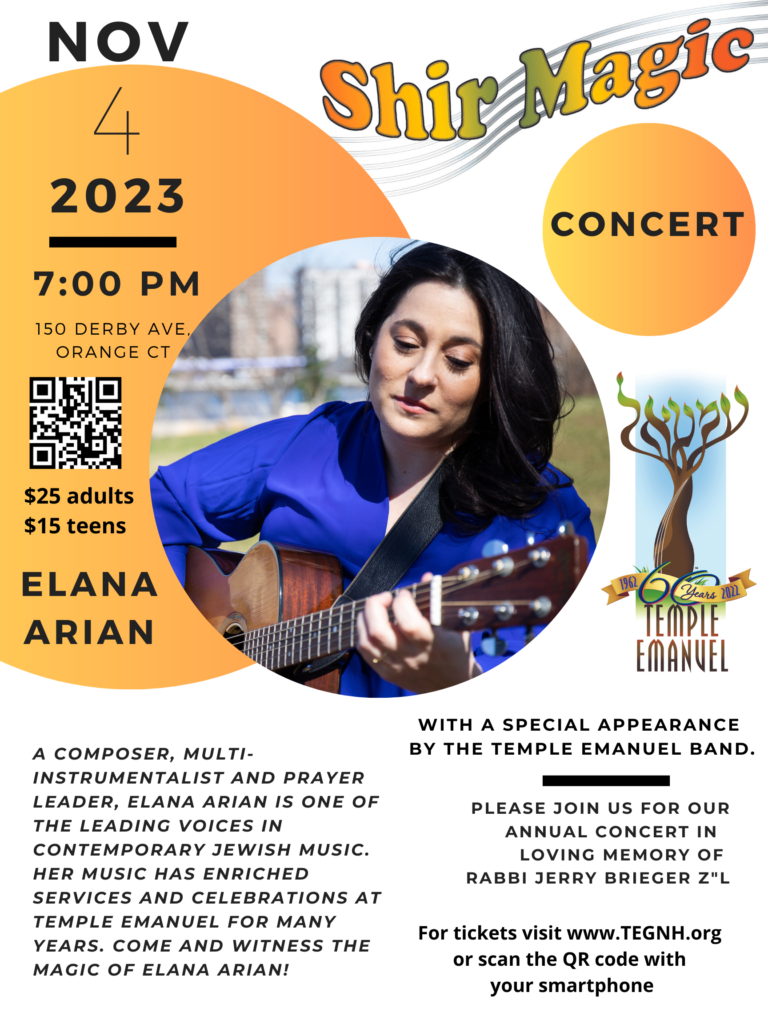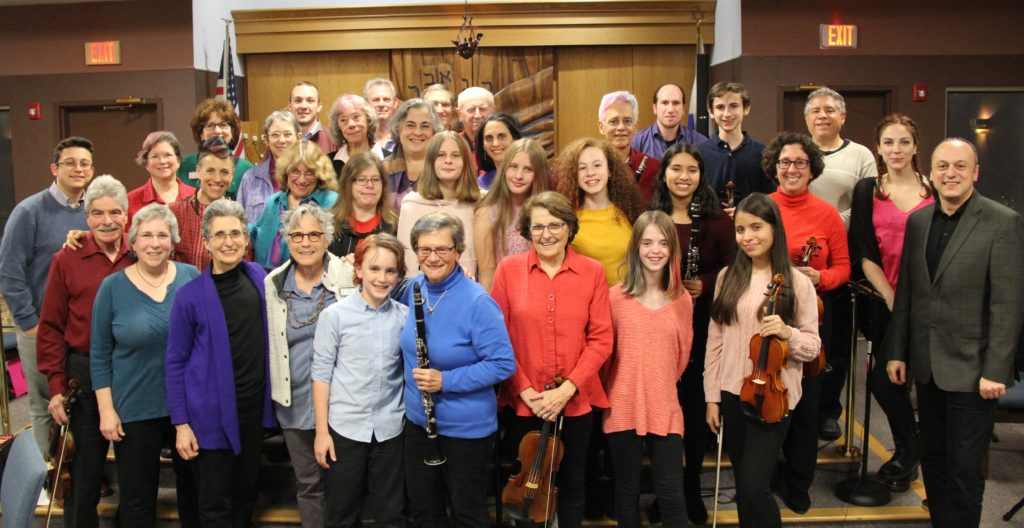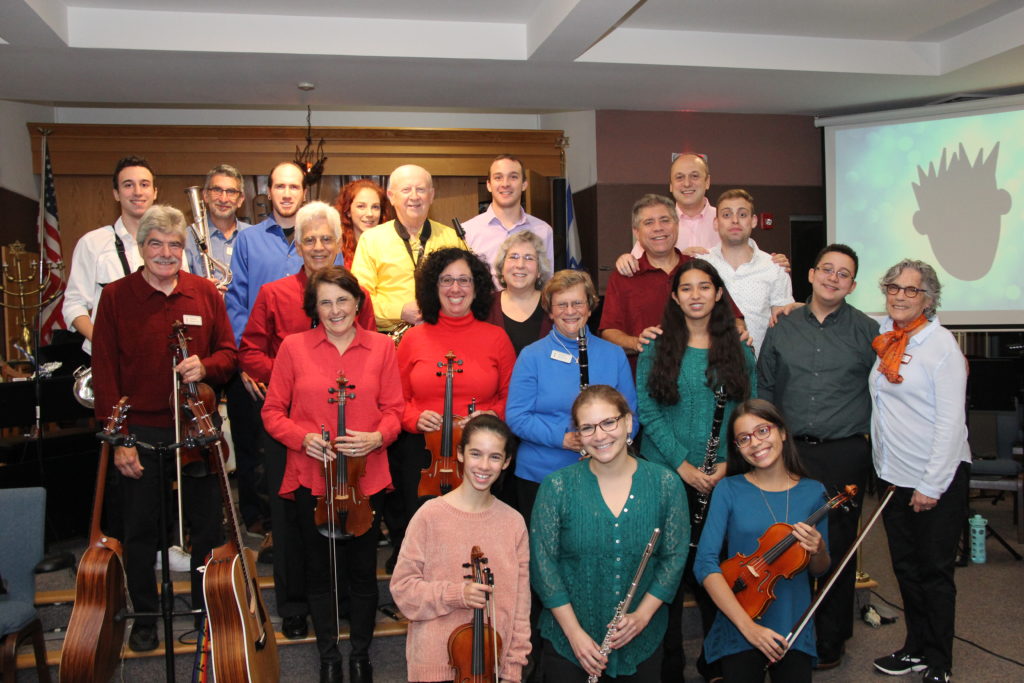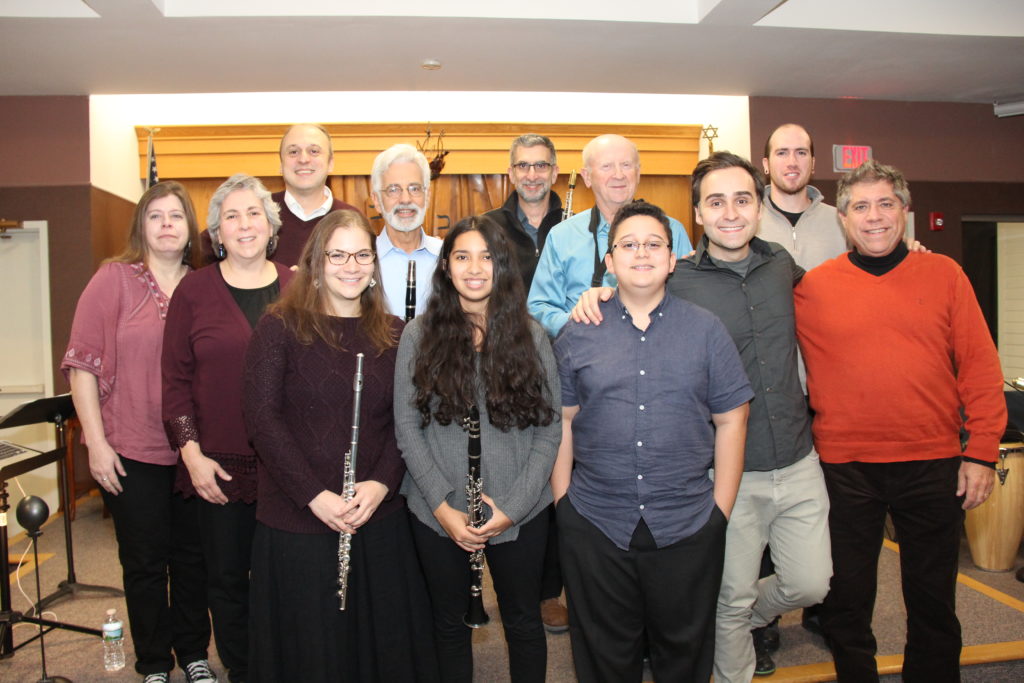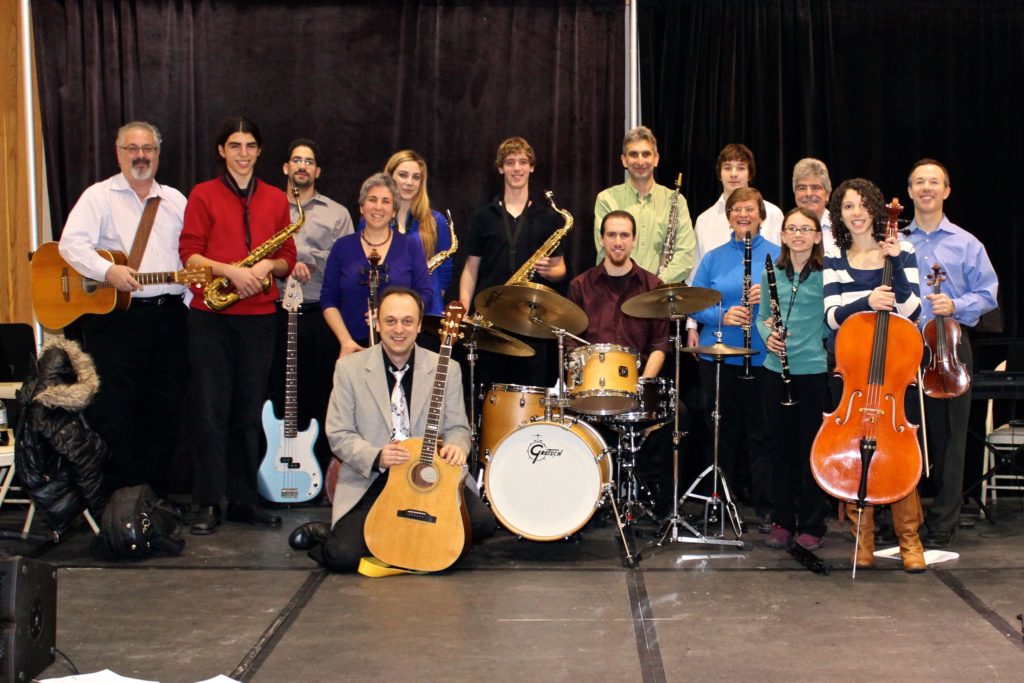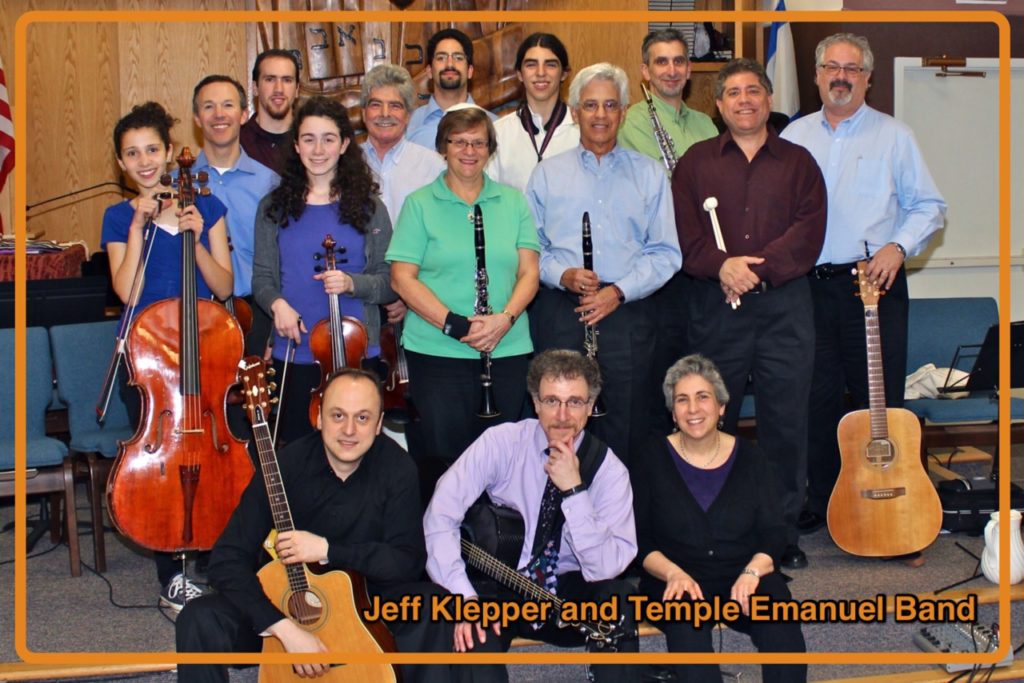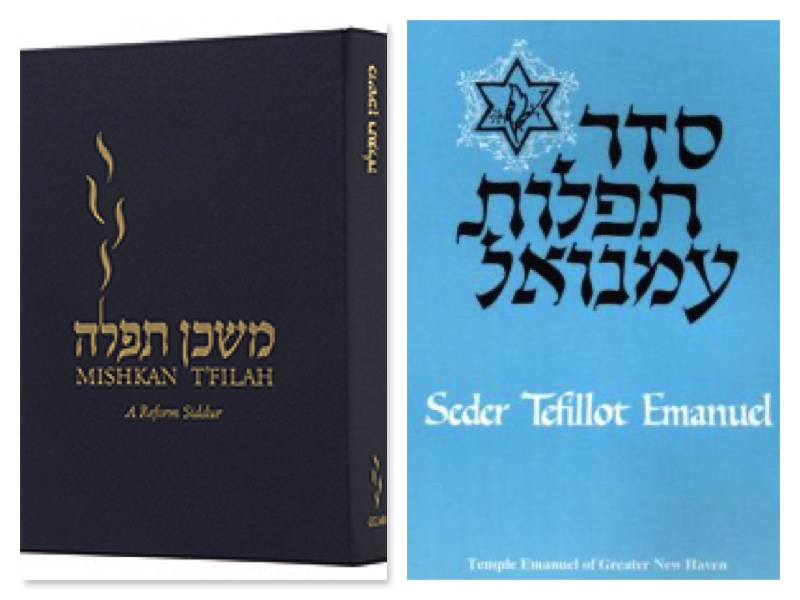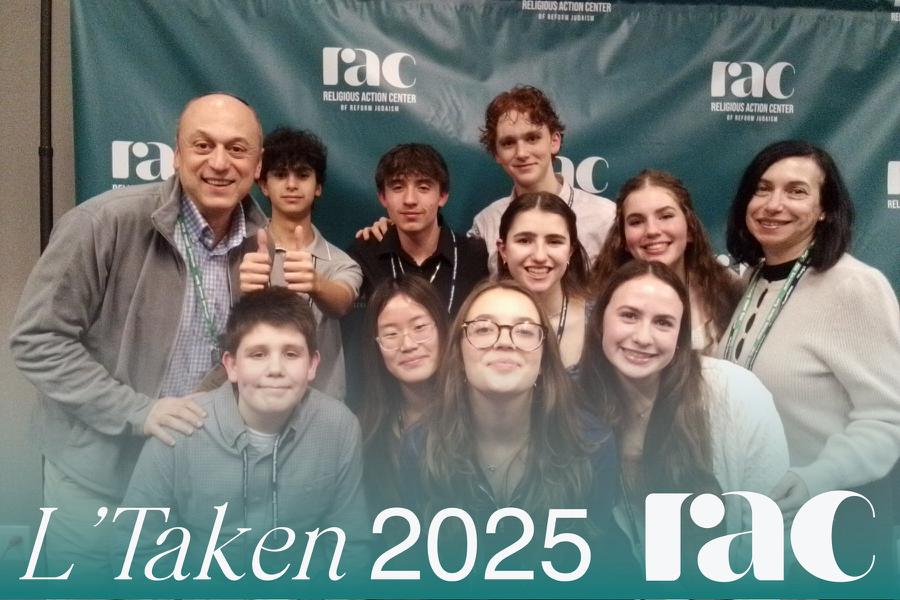
Olga and I just returned from accompanying nine (!) TE teens at the L’taken seminar of the Religious Action Center in Washington, DC . The Bernard and Audre Rapoport L’Taken Social Justice Seminar is designed to both expose teens to a variety of public policy issues and explore the Jewish values that inform the Reform Movement’s advocacy around these issues.
We are grateful to TE’s Rabbi Brieger Youth Fund, Jewish Foundation of Greater New Haven, and Barbara Rosenthal Memorial Fund for making this trip possible for our teens. Abby, Izzy, Avery, Ava, Nessah, Nadav, Max, Aitan and Sam had an incredible time. Below are a few brief excerpts from their reflections on their experience.
- … It was an amazing once-in-a-lifetime experience… I did not realize how powerful all of the activities I participated in would be, and how deeply they would all affect me.
- … If I were to talk to the next group of people to go on the DC trip I would tell them to go into it with an open mind. I went into the trip not knowing what to expect and I went with the flow I feel that I really grew as a person and also grew closer with all of my friends from TE and even made new friends. At the Holocaust museum I learned a lot of new information and even though it was at times sad, I feel that it gave me a much deeper understanding of the Holocaust. I felt like I grew so much in this experience and now have a clearer understanding on what I can do to help those in my community, my town and Jewish community…
- … If I had to pick one word to describe the L’taken experience I would pick empowering. We did things from lobbying our elected officials, to eating out and skating downtown, to visiting the Holocaust museum. The activity that stuck with me the most was the Holocaust museum, the thing that left me speechless was the pure sadness and curiosity it gave me. I leave this trip with more knowledge and memories that I will take with me and use in my daily life. I would highly encourage future students to go on this trip…
- …This trip had an impact on me in three ways. First it made me feel more connected to my Judaism by being able to go to services and learning about our history when going to the holocaust museum. I also got to learn about civic issues, from mental health to abortion, I got to get deeper understanding and care about the issue more. I also got to make new friends from different congregations and having a good time. This was a great trip…
- …Now, on the train ride back to New Haven, I cannot overemphasize how thankful I am for the experience I had. I’ve been in classes like 21st Century Democracy, Constitutional Law, gone on trips to DC, and had other educational experiences relating to our legislative process. However, L’Taken this winter was the most hands-on, real, experience I’ve had. I was definitely a bit nervous before going to capitol hill today (Monday), but the feeling of being able to walk into the building and offices of my representatives, and tell them about how I feel and what I want them to do was incredibly empowering….
- …L’ taken has been an overall great, educational experience and I greatly appreciate the opportunity to go on this trip… As I shared with my peers, rabbi and Morah Olga, the Holocaust museum made me start thinking about how one person that can make such a huge impact on everything someone has ever known… For the rest of the weekend I kept this in the back of my mind, during my activities and writing my speech I remembered that I can be the person that changes something that I believe in but for a positive change…
